Now decades after being retired and replaced by more modern anti-tank weapons, the bazooka remains iconic.
It was truly a first something that can be said only about a handful of weapons through the ages.
The original anti-tank weapons employed by the infantry primarily consisted of oversized rifles.

An American soldier poses with a bazooka in 1943. He doesn’t look all that different from the little green army men with the bazooka. Image: U.S. Army
The first anti-tank rifle was the German Mauser 13mm which was known as the Tankgewehr M1918.
Often shortened to T-Gewehr, it was designed to take out armored vehicles.
By the end of the fighting, nearly 16,000 were made.
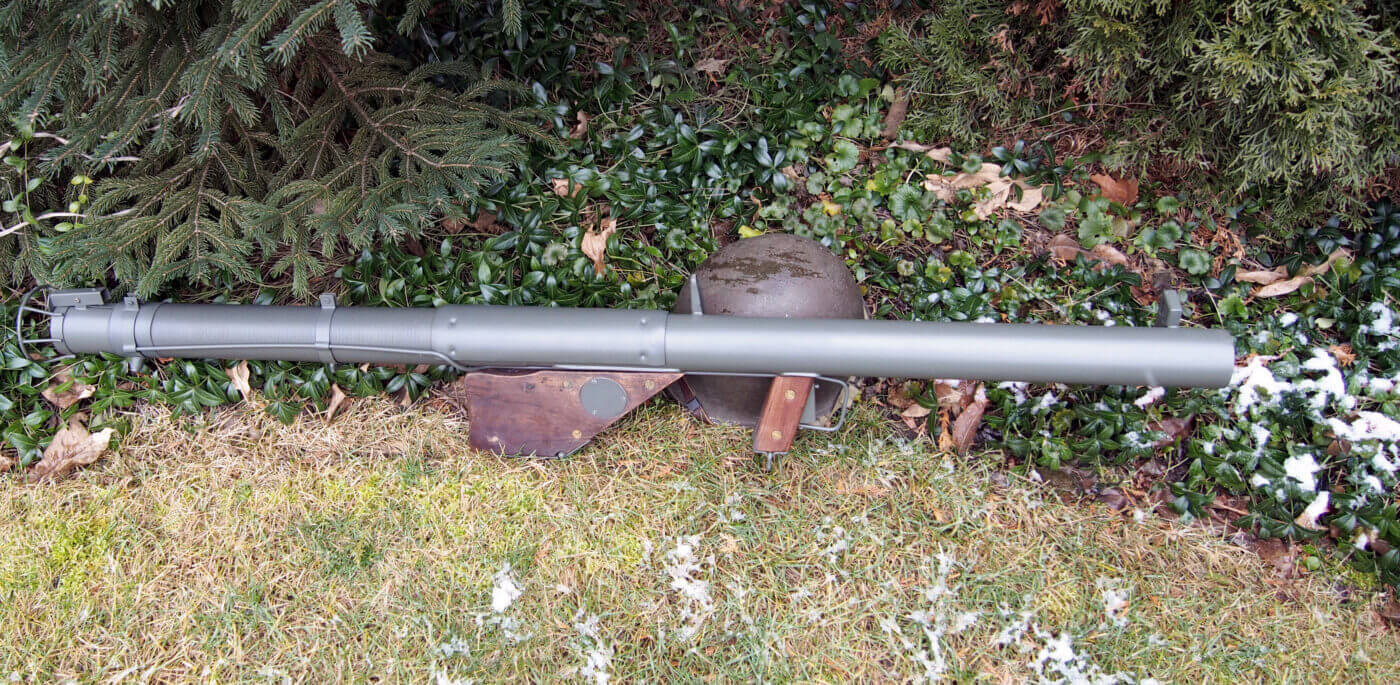
A replica of a World War II bazooka. The real bazooka was successful at stopping lightly armored tanks.
However, it was little more than a really big bolt-action rifle.
Many began as bolt-action, but gradually there were efforts to develop semi-automatic rifles as well.
It was during the war that Dr. Robert H. Goddard began work on a tube-fired rocket.

The Panzerschreck proved effective against Allied tanks and could even stop a Soviet T-34. This is a replica Panzerschreck.
It was a case where ordnance was developed and needed a safe delivery method.
The result was the Rocket Launcher M1 as it was officially known by the United States Army.
Soon it earned the nickname bazooka.
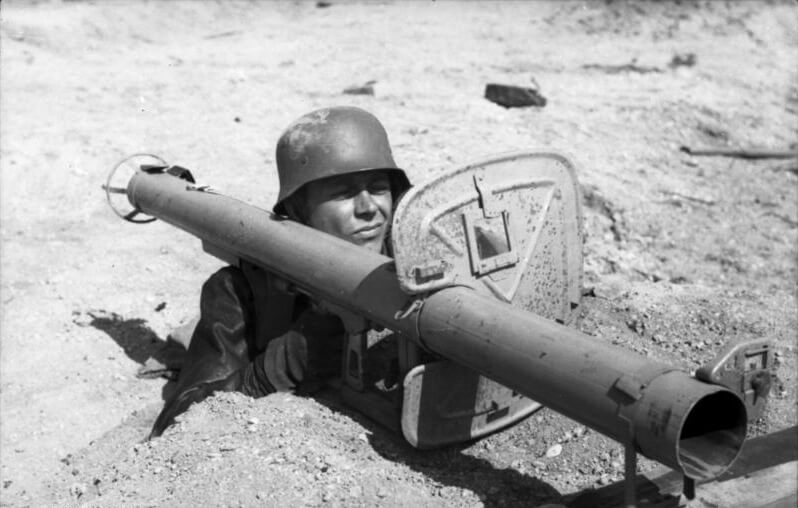
A German soldierarmed with the Panzerschrecktowards the end of World War II.
Operation Torch was the bazookas debut.
One factor was that its M6 rocket was notoriously unreliable and required refining.
The improved M6A1 rocket and companion launcher were used in the Sicily campaign with greater success.
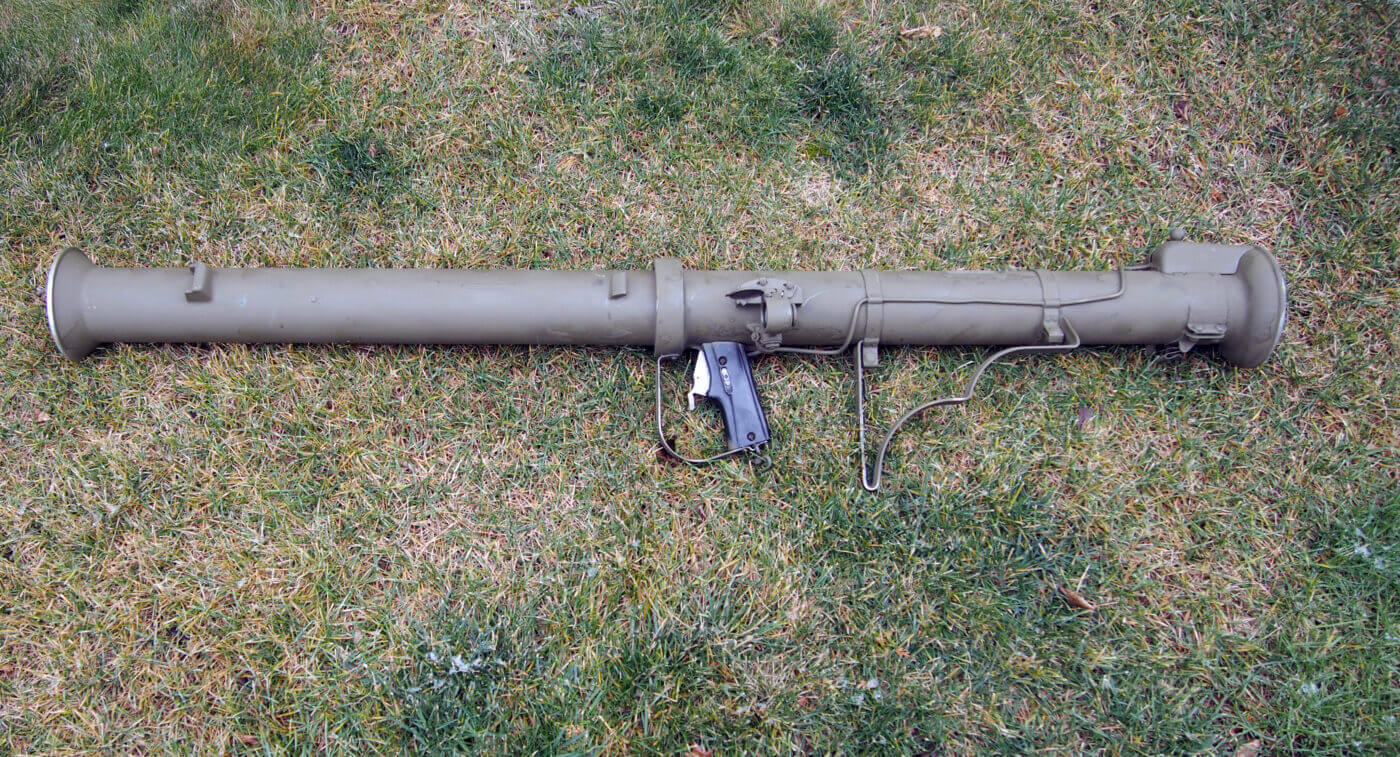
The American M20 “Super Bazooka” saw use in the Korean War and the early stages of the Vietnam War.
It was able to allow infantry to successfully take on enemy armor.
Many M1A1 launchers landed in Normady and participated in the liberation of Europe.
However, not everyone was instantly a fan of the platform.
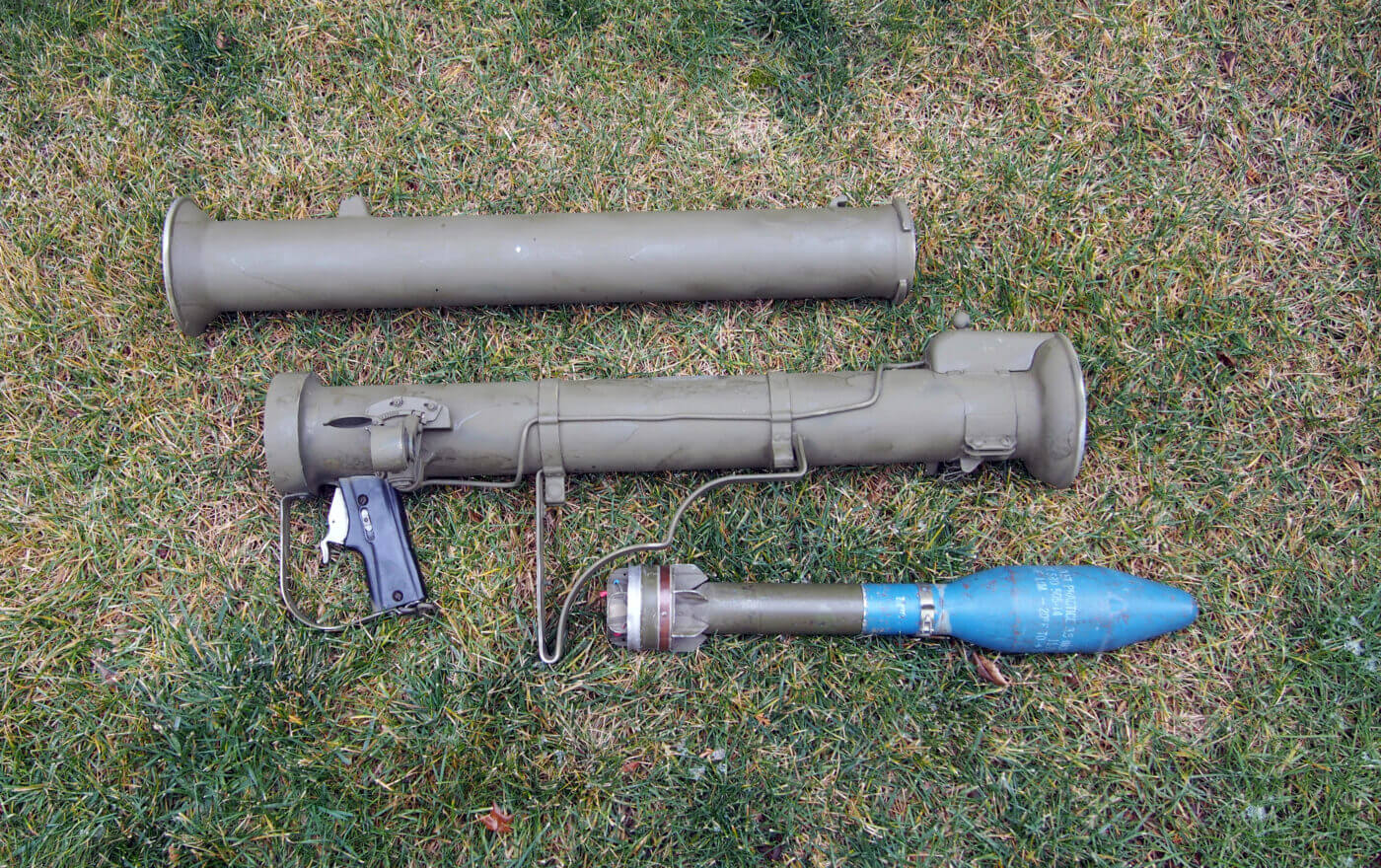
The Super Bazooka was made of aluminum and could break down into two pieces. Because of its construction, the M20 is lighter than the round it fires.
When the Germans developed their own bazooka, they upsized it for improved stopping power.
During the North Africa campaign, the German Army captured some American M1 bazookas.
Instead of creating a bazooka clone, they upscaled the warhead to 88mm.
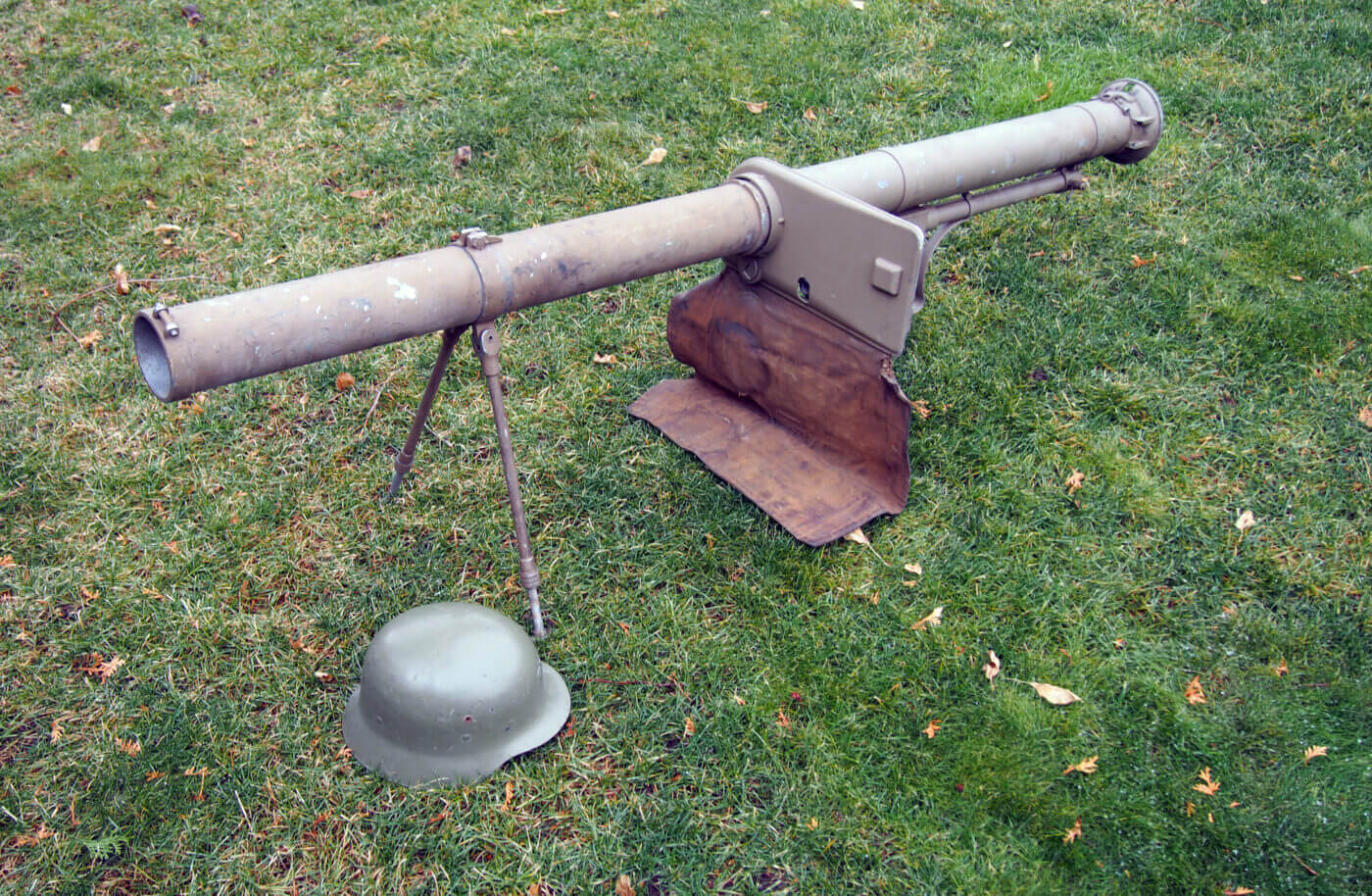
The Spanish Instalaza M65 anti-tank launcher resembles the German Panzerschreck.
This offered increased penetration of armored vehicles including tanks and halftracks.
They named it the Panzerschreck that translates to tank fright in English.
However, there was a downside to the German version.
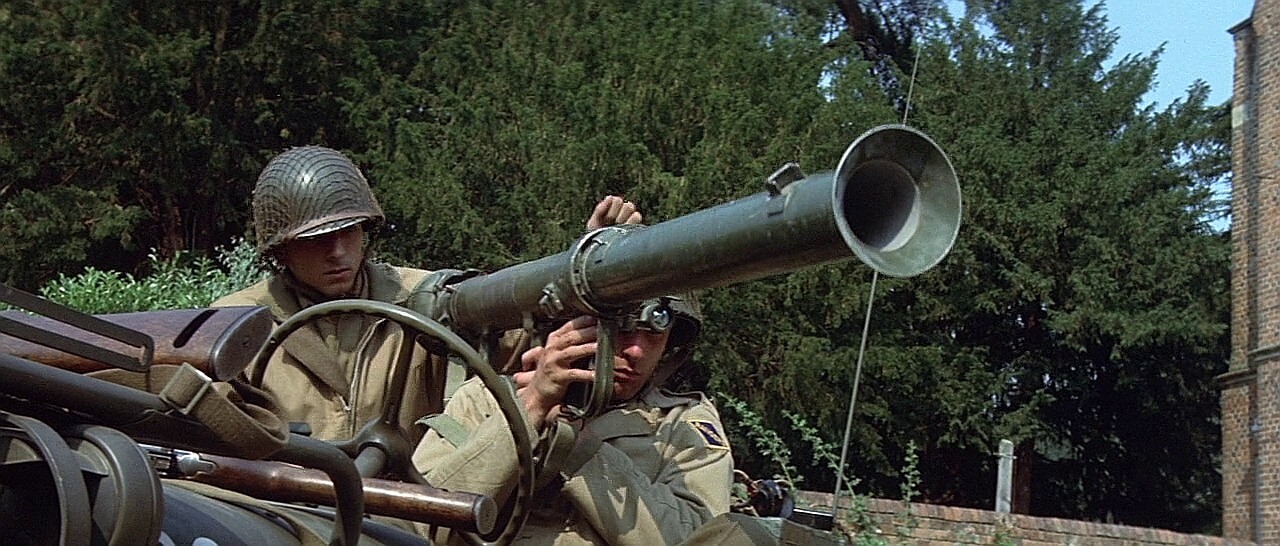
One of the mercenaries in the 1978 filmThe Wild Geesearmed with RL-83 Blindicide. Image: Euan Lloyd Productions
Panzerschreck rounds kept burning after launch, which could create a hazard for the soldier firing them.
To address this, the German designers added a shield to protect the operator from the blast.
The downside is the shield added weight to a soldiers loadout that was already heavy.
However, it was seen as a reasonable tradeoff that made for a effective weapon.
In this case the design went almost full-circle as the Americans had witnessed the success of the Panzerschreck.
There are even reports that the Argentine Army fielded the aging M20s during the Falklands War in 1982.
Some nations even tried to improve upon the design.
Spain produced its 88.9mm Instalaza M65 anti-tank launcher, which featured an improved ignition system.
However, that required that it be outfitted with a blast shield.
It was also lightweight as it was made of fiberglass and aluminum.




